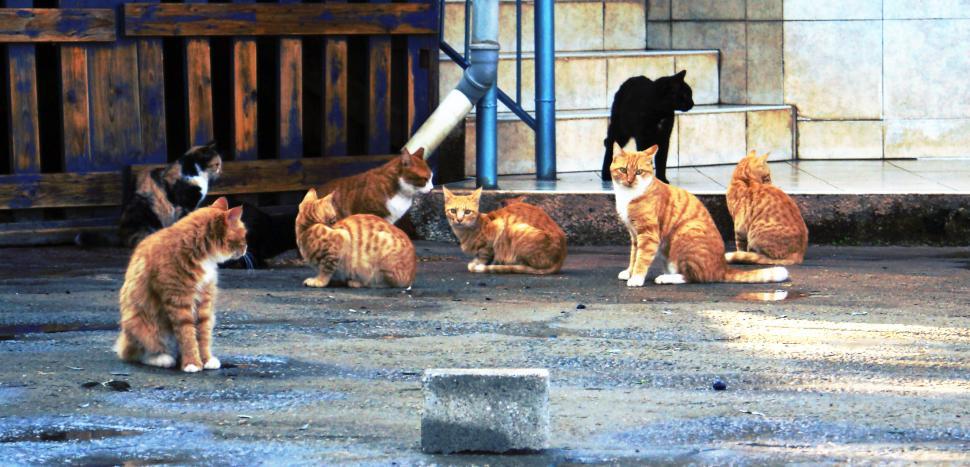
Selecting the perfect cat litter for your feline buddy can be a complicated job provided the myriad of choices available on the marketplace. This thorough guide will explore the different types of cat litter, their advantages, downsides, and everything in between to help you make a notified decision.
The material of the cat litter plays a crucial function in its efficiency. Common materials consist of clay, silica gel, recycled paper, wood, corn, wheat, and walnut shells. Each material offers unique benefits and potential drawbacks.
Clay-based litters are the most standard and commonly used due to their high absorbency and clumping capabilities, which make cleanup much easier. However, they can be dirty and may not be the best alternative for cats or humans with breathing problems. Silica gel crystals are highly absorbent, control smells effectively, and are low upkeep considering that they don't require to be changed as regularly. Nevertheless, they can be more expensive and some cats might not like the texture. Naturally degradable litters, made from recycled paper, wood, corn, wheat, and walnut shells, are eco-friendly alternatives. They are generally dust-free and helpful for cats with allergic reactions, but their odor control and clumping abilities vary commonly.
The option between clumping and non-clumping litter is considerable. Clumping litter forms solid masses when wet, making it simple to dig urine and feces, therefore maintaining a clean litter box. Non-clumping litter soaks up moisture however does not form clumps, which may cause more frequent modifications of the entire litter box.
Odor control is a leading priority for the majority of cat owners. Litters are typically infused with baking soda or charcoal to reduce the effects of smells. Maintaining a fresh litter box likewise requires regular scooping, preferably twice a day, and following the producer's standards for changing the litter and cleaning up the box.
The health of your feline and the ecological effect of the litter are also important elements. Dust-free or low-dust alternatives are much cat litter box furniture better for breathing health. Naturally degradable litters use an eco-friendly alternative to clay, which is strip-mined and not eco-friendly. Additionally, it's essential to be familiar with any allergies your cat might need to certain materials.
Expense is a necessary consideration, as the rate of cat litter can vary considerably. While cat litter boxes silica gel and some biodegradable litters may be more costly in advance, their durability can offer savings in the long run. On the other hand, clay litter is typically cheaper but requires more frequent replacement.
Eventually, the very best cat litter is one that matches both your and your cat's preferences and needs. It may take some trial and mistake to discover the best match. Pay attention to your cat's behavior and convenience, along with the litter's efficiency in self cleaning cat litter box regards to smell control, absorbency, and maintenance.
Choosing the right cat litter contributes considerably to your cat's health, joy, and the tidiness of your home. By thinking about the product, clumping capability, smell control, health effects, ecological effects, and cost, you can make an informed decision that benefits both you and your furry companion. Remember, what works best for one cat may not suit another, so want to experiment until you find the ideal service.